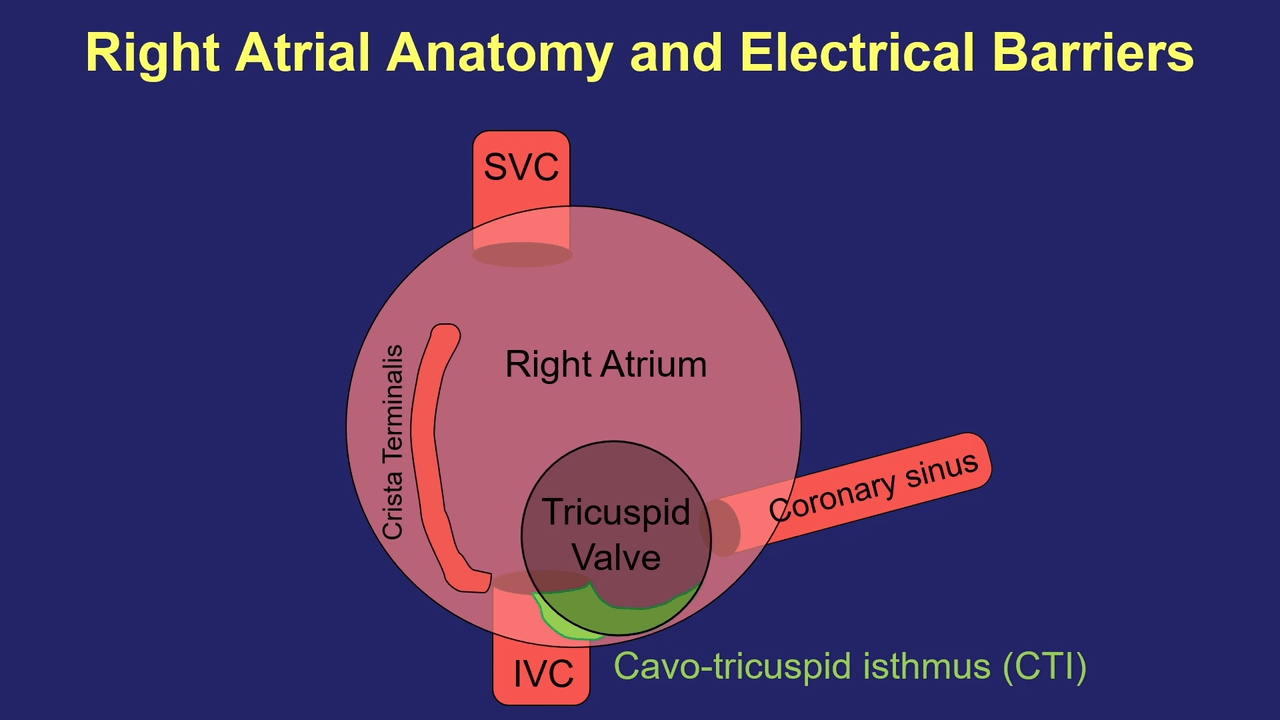

There are patients who may be entirely asymptomatic or have minimally bothersome symptoms – even at a young age. If asymptomatic, does the patient have a progressive concomitant disorder, or family history thereof, or risk factors for one later in life during which AF may no longer be tolerated?.In contrast, fatigue almost always requires restoration of normal sinus rhythm for adequate relief. Many symptoms associated with AF will lessen with adequate rate control, especially, in my experience, chest discomfort, dizziness, and dyspnea. In my experience, optimally, the rates attained will approximate the rates appropriate for sinus rhythm at the same level of activities. A normal apical pulse (the radial pulse during AF is not an accurate assessment of ventricular rate) with the patient on the exam table or at rest for an ECG does not provide adequate assessment of sufficient rate control – it can only tell if rate control has not yet occurred. Importantly, rate control should be assessed with ambulatory monitoring during daily activity. If rapid rates may be the underpinning of the patient's symptoms, then rate control with a reassessment thereafter should occur before considering the addition of an AAD. Prior to initiating an AAD to reduce AF symptomatology, one should first assess rate-control. Is the patient symptomatic despite adequate (monitor-verified) rate control?.In ATHENA, dronedarone did reduce AF related hospitalizations, but this has not been shown to occur with other AADs and has not been shown to occur across the entire spectrum of AF patients.

#Atrial flutter ablation indications trial
No trial, including AFFIRM, 4 has shown that AADs prolong the life of patients with AF aside, perhaps from a trend in the ATHENA 5 trial with dronedarone in a particular subpopulation of AF patients. The first question to address when considering an antiarrhythmic drug (AAD) for any patient with atrial fibrillation (AF) is: does the patient need one? 3 The major purpose for AAD therapy in AF is to reduce symptoms associated with AF so as to improve quality of life of the patient.

1) Does the patient need antiarrhythmic drug (AAD) 1,2 therapy for AF?


 0 kommentar(er)
0 kommentar(er)
